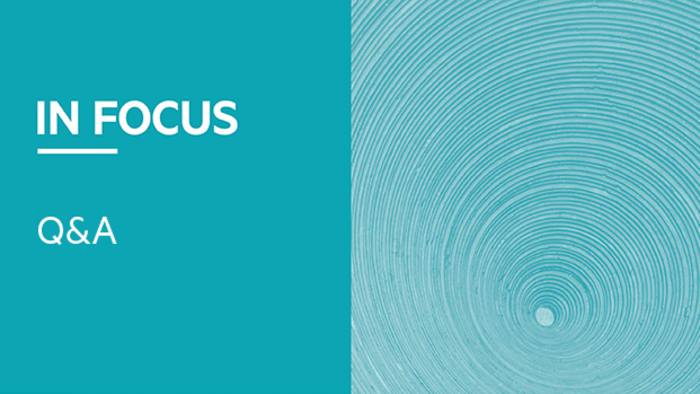
Pensions are one of the most tax-efficient investments available for UK savers, but many people do not understand their importance.
This is the view of Fiona Tait, technical director for Intelligent Pensions, who told FTAdviser In Focus that, too often, the need for proper pension planning both before and after retirement is neglected.
Tait said it is vital for consumers to seek professional advice about the best way to manage their pension pots tax-efficiently after retirement.
FTAdviser: How important is tax planning post-retirement?
Fiona Tait: Pensions are probably the most tax-efficient investment available in the UK – so long as you keep your money invested.
This makes sense given that the government wants to encourage people to save towards their own retirement, but it is equally true that the government doesn’t want people to spend it too fast once they’ve saved it either.
They put the brakes on spending by applying tax charges, which kick in when benefits start to be taken.
Essentially, the faster it is spent they higher the tax bill is likely to be and it is therefore important for those who are just starting to access their pension to consider when and how they take their money to avoid paying more tax than necessary.
FTA: What is the key to managing the tax bill at retirement?
FT: The key to managing the tax bill at retirement is, where possible, to pay careful attention to the order in which investments are cashed in.
The first and most obvious option is to make use of the pension commencement lump sum, which may be withdrawn from a pension tax free.
For personal pensions and other defined contribution schemes this is usually worth 25 per cent of the overall fund value, but it is important to check whether there are any protections in place that may allow higher amounts to be paid tax free.
The PCLS may be taken as an up-front lump sum or over time as part of an annual income.
For people who want to keep saving after they have taken money from their pensions, the lump sum option is likely to be preferable as it does not trigger the money purchase annual allowance, which restricts the amount that can continue to be paid into a pension plan without attracting further tax charges.
For those who want the maximum income possible it makes sense to use the PCLS to reduce the taxable amount in each year.
FTA: You mentioned the MPAA; what other tax charges could hit the unwary pensioner?
FT: People should also look out for any additional or unexpected one-off tax charges. If the value of pension savings exceeds the lifetime allowance, currently frozen at £1,073,100, there will be an LTA tax charge of up to 55 per cent.





